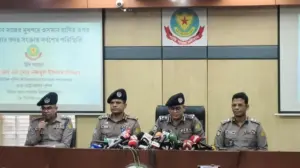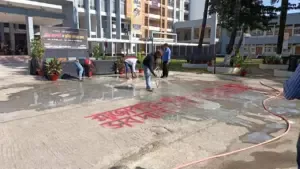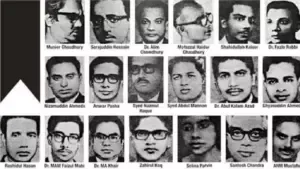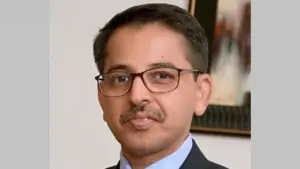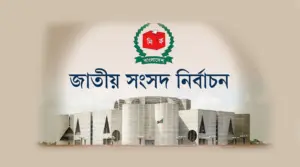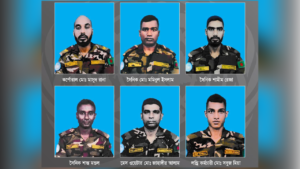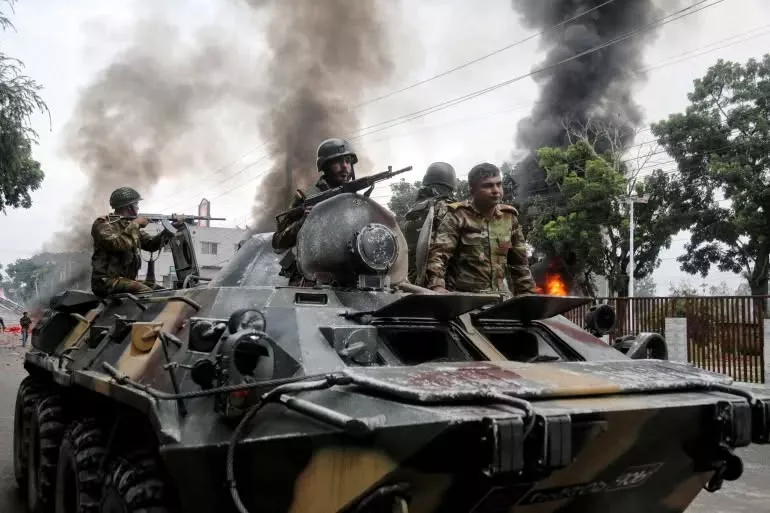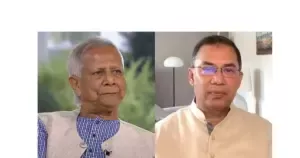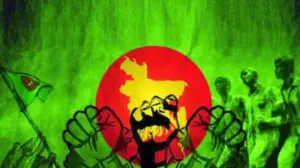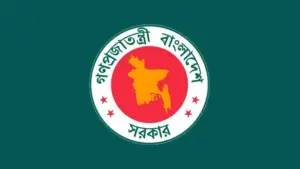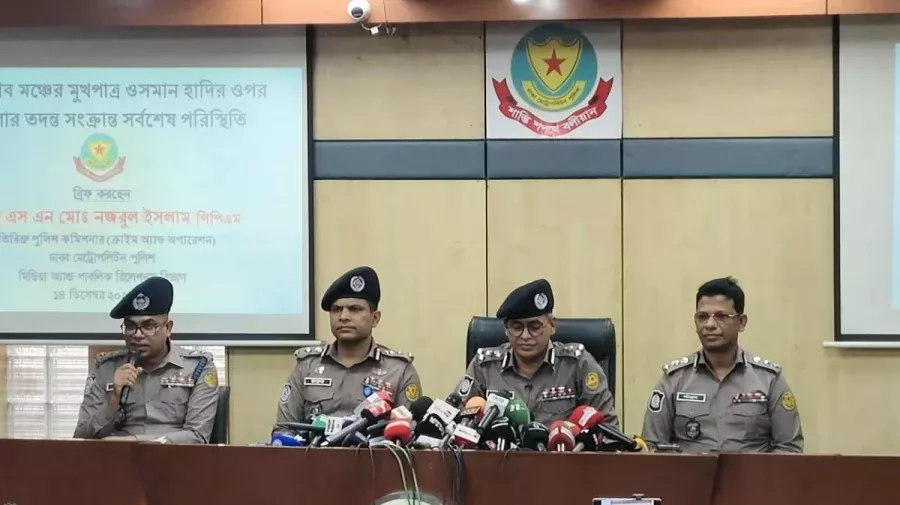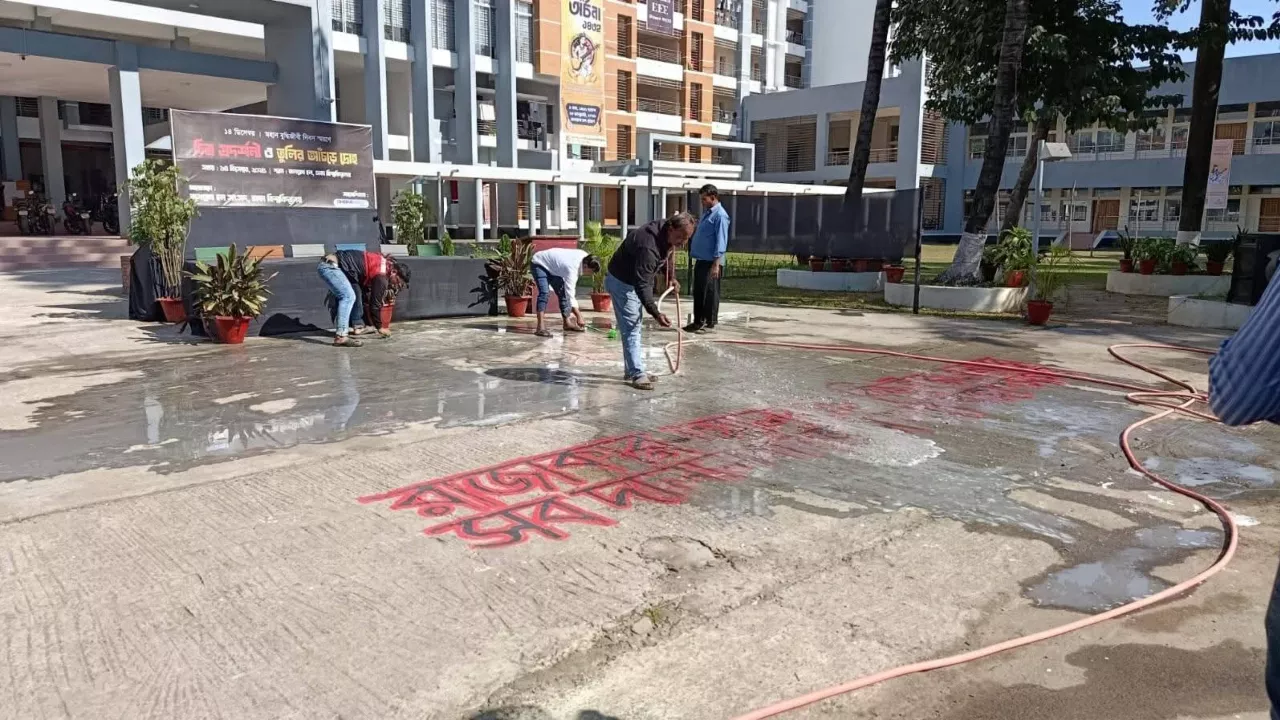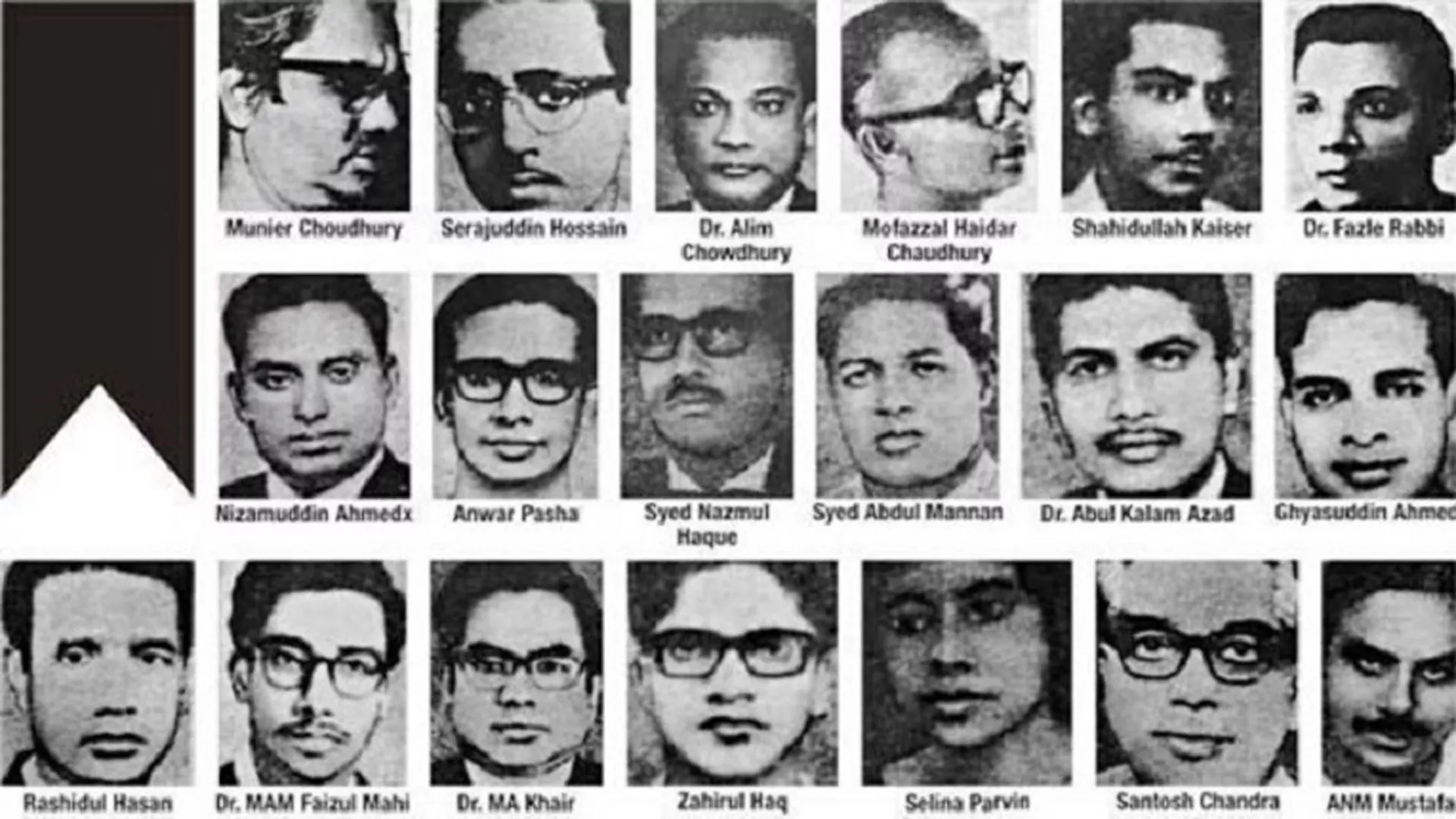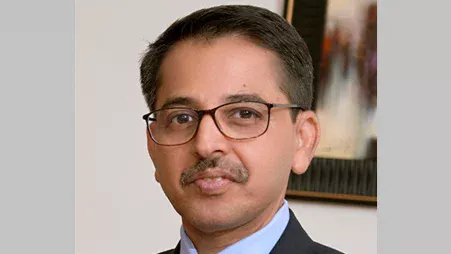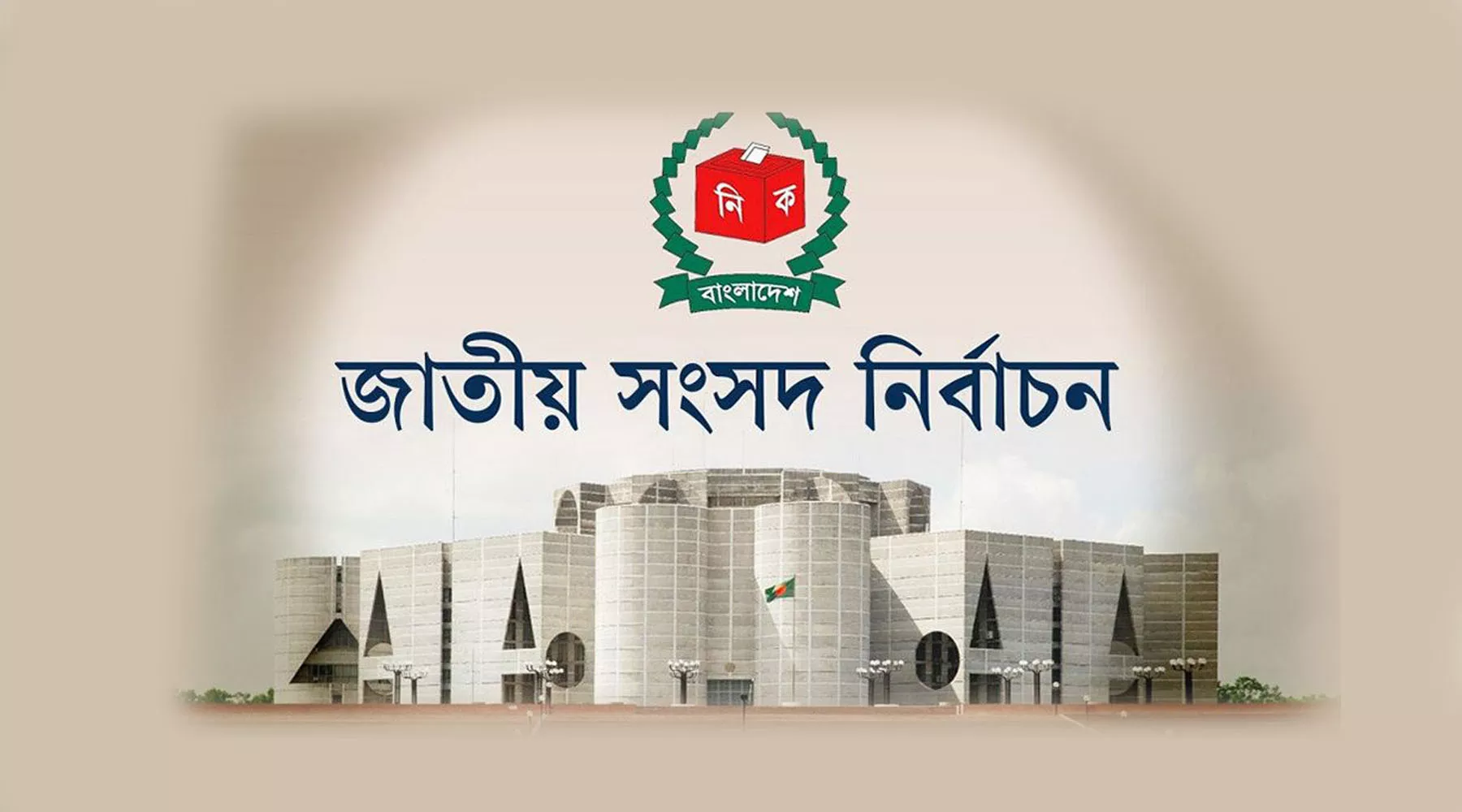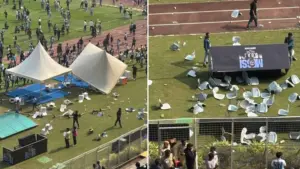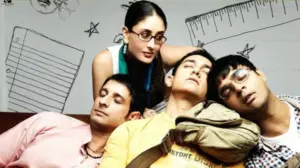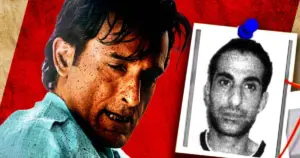GOPALGANJ, Bangladesh – An 11-member civilian observation team has demanded an impartial investigation into alleged human rights violations and excessive force during the July 16 Gopalganj clashes, which tragically resulted in five officially confirmed deaths. The team visited the site after the violence, vandalism, and gunfire erupted around a National Citizens’ Party (NCP) rally.
Following their observations, the team stated they found “no justification for the use of lethal weapons” during the incident. They stressed the urgent need to verify reports of human rights abuses and the overreach of force by authorities. The devastating events on July 16 led to widespread destruction and numerous arrests, prompting the civilian group’s visit on July 22 to assess the law and order and human rights situation in Gopalganj.
Meet the Observation Team
The distinguished observation team included prominent figures such as renowned photographer Shahidul Alam, Dhaka University academics Samina Luthfa, Moshahida Sultana, and Rushad Farid, legal experts Sara Hossain and Manjur Al Matin, journalist Tasneem Khalil, artist Bithi Ghosh, writer Firoz Ahmed, and human rights activist Nafiul Alam. An anonymous journalist also contributed to the investigation.
Unpacking Pre-Clash Tensions and Provocations
The civilian team, having engaged with local residents, journalists, educators, students, eyewitnesses, police, and army officials, highlighted the escalating tensions leading up to July 16. Their statement revealed a pattern of provocative social media activities from both Awami League and NCP supporters.
NCP participants reported online threats from Awami League affiliates, aiming to prevent the rally and block NCP leaders from returning. Conversely, the team found evidence of aggressive remarks from NCP-aligned YouTubers targeting Tungipara, a comment from an NCP leader about carrying a hammer, and an inquiry about excavator rentals, among other concerning activities. Locals also cited threats to “break the graves of Tungipara” and the controversial “March to Gopalganj” campaign, though NCP student supporters downplayed its significance.
Students from Gopalganj Science and Technology University, who are also members of the Anti-Discrimination Student Movement and attended the rally, noted that provocative threats from Awami League supporters significantly fueled the tension. They did not, however, believe that inflammatory statements from NCP affiliates contributed to this specific escalation.
Escalation: Unaddressed Provocation and Inflammatory Speeches
The observation team pointed out that the NCP did not proactively distance itself from inflammatory online remarks against the Tungipara shrine before the rally or reassure the local community. Some local residents stated that incendiary speeches by NCP leaders on the day of the rally further exacerbated the volatile situation.
Initial Violence and Law Enforcement’s Response
Eyewitness testimonies revealed that a group of 40 to 50 individuals vandalized the rally stage in Gopalganj town even before the NCP central leaders arrived. Additionally, a police vehicle was torched, and the local UNO’s car was damaged on a road outside Kotaliapara, amidst numerous cocktail explosions. “Organized individuals” reportedly created roadblocks by felling trees on routes leading into Gopalganj.
The team inferred a coordinated effort by Awami League affiliates in these attacks, evidenced by the use of indigenous weapons and, as per local police, pistols at the rally site. The pre-rally stage vandalism also suggested Awami League involvement, leading the team to conclude that the administration underestimated the threat to public safety.
Several students and locals told the observation team that the slogan “Mujibbad Murdabad” chanted from the rally ground deeply agitated the local populace. Many who listened to and watched the live rally perceived this slogan as a direct threat, prompting five to seven thousand people to gather at the rally site, according to some accounts.
Police Retreat and Military Intervention
Police and eyewitness accounts indicate that as NCP central leaders departed in a motorcade after the rally, an “agitated crowd” launched a reckless attack near the launch ghat. Police were forced to retreat multiple times after exhausting their tear gas shells and rubber bullets. Police stated they had to call for reinforcements and supplies from a neighboring district. They claimed they avoided using lethal weapons like Chinese rifles due to government directives, though several officers were injured.
During the assault, NCP leaders’ vehicles were rerouted to the Superintendent of Police’s office for safety, which became the police’s primary concern. The “public” continued their siege there. According to self-proclaimed eyewitnesses, the military fired bullets to disperse the “crowd” at the launch ghat, causing the “agitated and aggressive crowd” to withdraw.
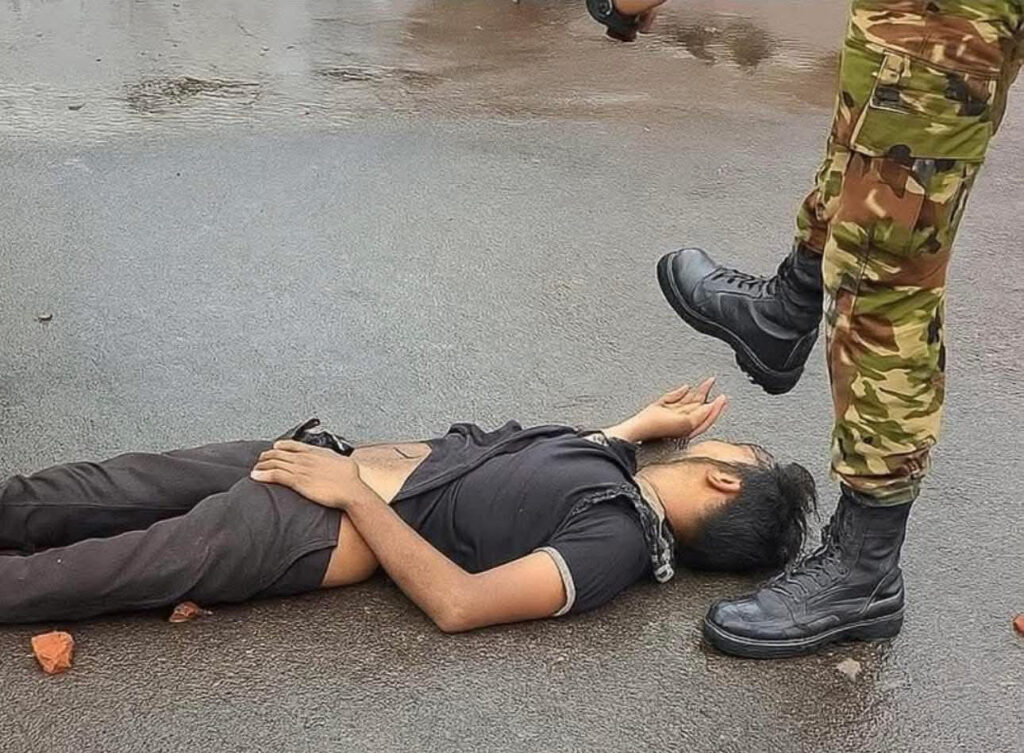
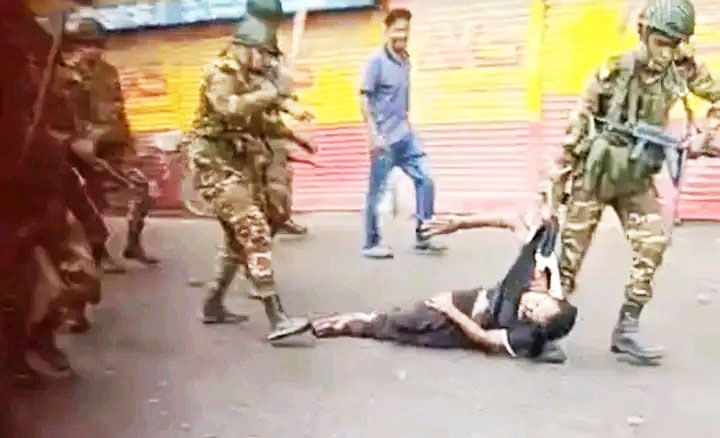
Casualties and Unjustified Force
The 11-member team’s statement provided details on three of the deceased. CCTV footage confirmed Deepto Saha was unarmed when shot, having chanted slogans moments earlier. Imon, a minor, sustained a fatal thigh injury from a bullet; the team stressed the need for further investigation to understand how a leg wound became lethal. Testimony also indicated Ramzan Kazi was first beaten, then shot in the back after falling. The team called for a detailed investigation into each shooting incident.
The observation team could not corroborate the administration’s claim that attackers possessed firearms. General eyewitnesses did not report seeing “crowd” members firing guns, though all mentioned indigenous weapons, a barrage of stones, and cocktail explosions.
NCP’s Stance and Mass Arrests
NCP central leaders asserted they would not have attended the rally had they foreseen such severe escalation, claiming they were not fully informed of the volatile situation. While anticipating trouble, they did not foresee the need for security from attacks, stating they followed police directives regarding their itinerary and activities.
Police reported nearly 300 arrests related to the incident. Media sources indicate over 10,000 individuals have been charged, including children who were sent to a juvenile correction facility in Jashore under the anti-terrorism act. Businesspeople and students have voiced fears of arrest and harassment. Due to time constraints, the observation team could not interview injured individuals or verify post-mortem and hospital records.
Concerns Over Government’s Investigation Commission
Regarding the six-member investigation commission, led by a former judge and formed by the government on July 24, the civilian team expressed serious concerns. They noted the commission includes members from the Home Ministry and the Army, both of whom face allegations of excessive force. Critically, the commission’s terms of reference do not address investigating allegations of security forces’ gunfire leading to casualties or the mass arrests, which the team found “very concerning.”
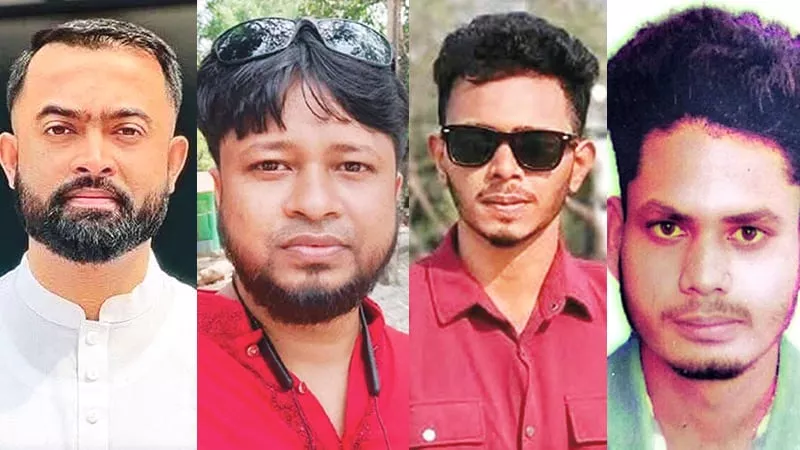
Key Recommendations from Civilian Observation Team for Gopalganj Clashes:
The civilian observation team concluded their statement with eight crucial recommendations to address the Gopalganj clashes and prevent future violence:
- Investigate Awami League Attacks: Conduct thorough investigations and prosecute Awami League affiliates involved in attacking NCP rally grounds and leaders. This aims to ensure justice for the innocent and protect the fundamental right to peaceful assembly.
- Combat Hate Speech: All political parties must immediately cease hate speech and provocative social media content. Such rhetoric significantly escalated tensions in Gopalganj and must be avoided to foster a peaceful environment.
- End Arbitrary Arrests: Implement measures to halt arbitrary arrests and detentions. Legal protections must be guaranteed for all individuals, with particular emphasis on safeguarding children’s rights during any legal proceedings.
- Demand Impartial Investigation: Launch a credible, impartial, and fair investigation into all reported human rights violations and instances of excessive force. The team found no justification for lethal weapons use. The investigation report must be publicly released swiftly. Improved preparedness by authorities could have dispersed attackers without gunfire or allowed earlier military deployment, preventing loss of life.
- Reconstitute Investigation Commission: The existing investigation commission must be reconstituted, specifically excluding any forces or agencies accused of involvement in the violence to ensure its impartiality.
- Discourage Provocative Rumors: Actively discourage provocative statements targeting any group. Clarify that rumors about “outsiders” and “fugitive youth league leaders” in Gopalganj were dismissed as false by both locals and police, promoting factual discourse.
- Strengthen Human Rights Commission: Amend and effectively reconstitute the Human Rights Commission to significantly enhance its functionality and effectiveness in upholding rights.
- Protect Vulnerable Groups: Ensure that no innocent person faces harassment, children’s rights are protected, everyone has access to legal recourse, no one faces discrimination, and the government remains responsible in addressing all forms of provocation.


